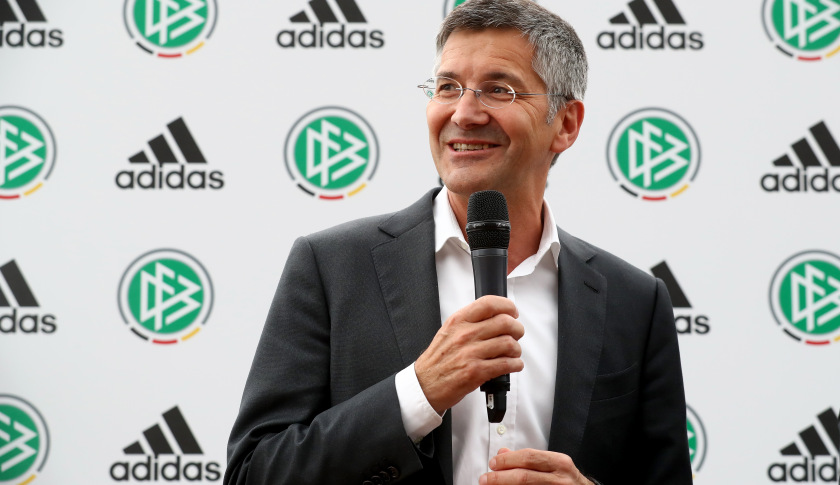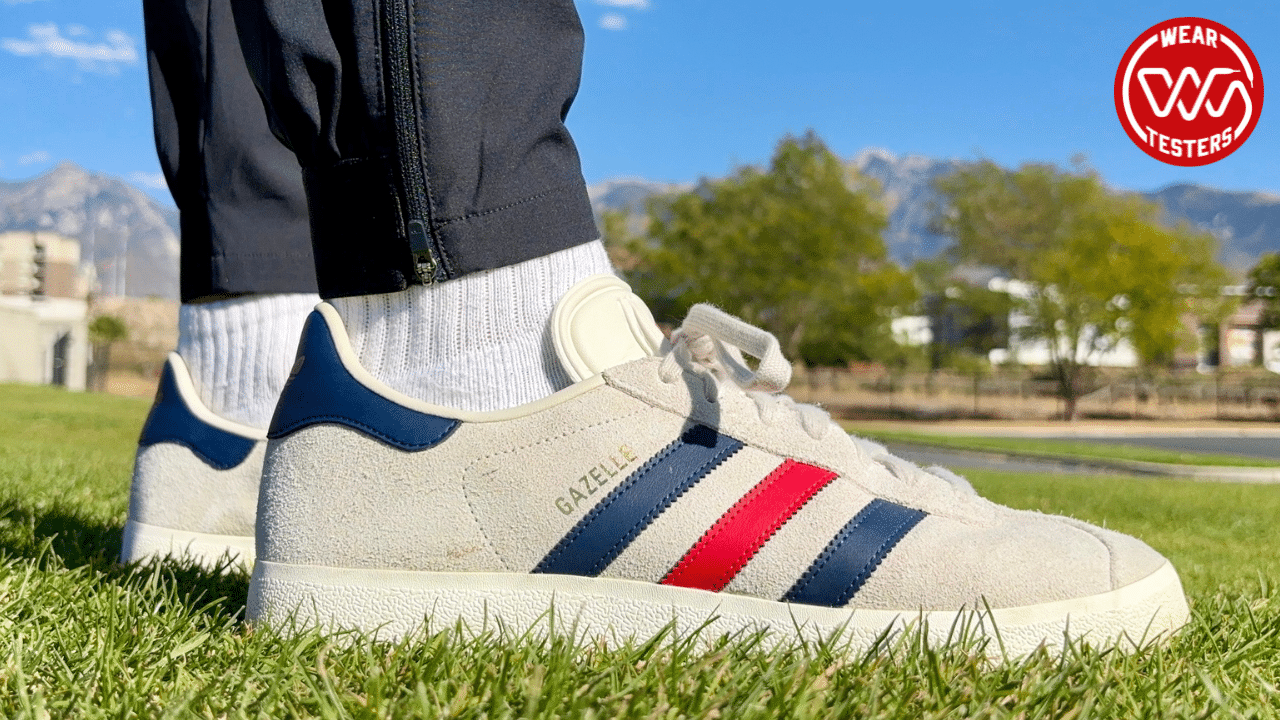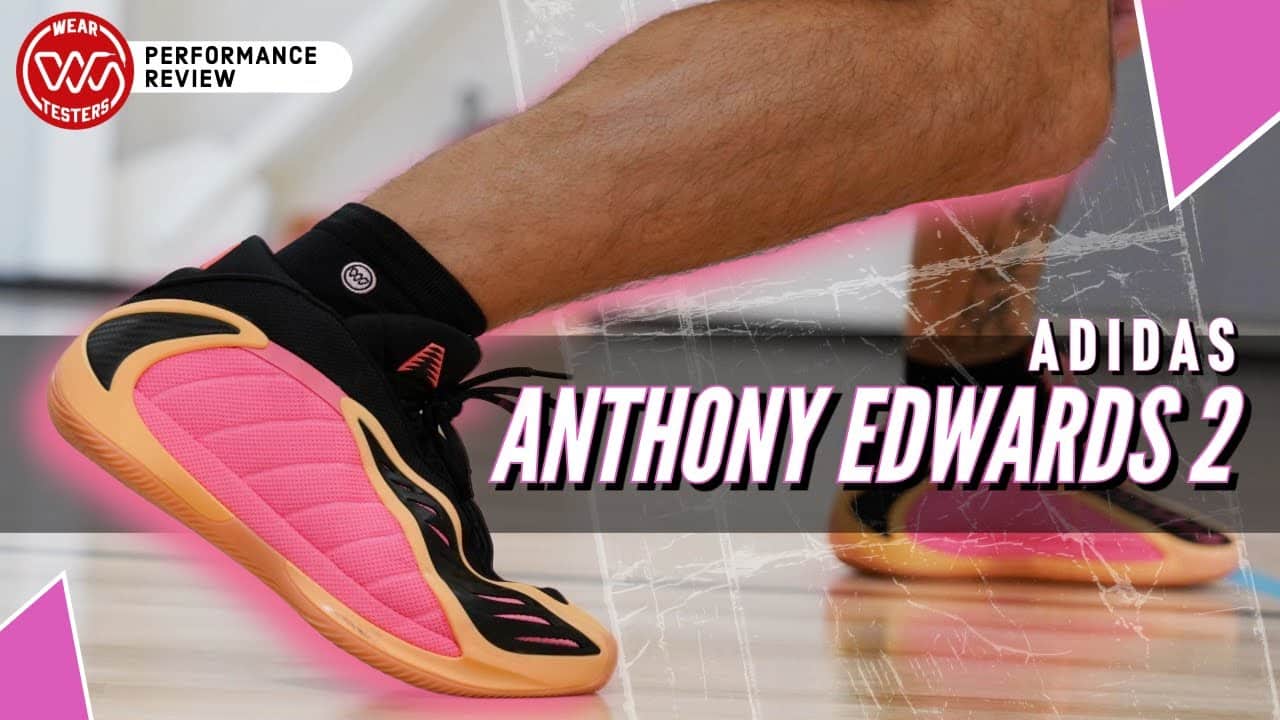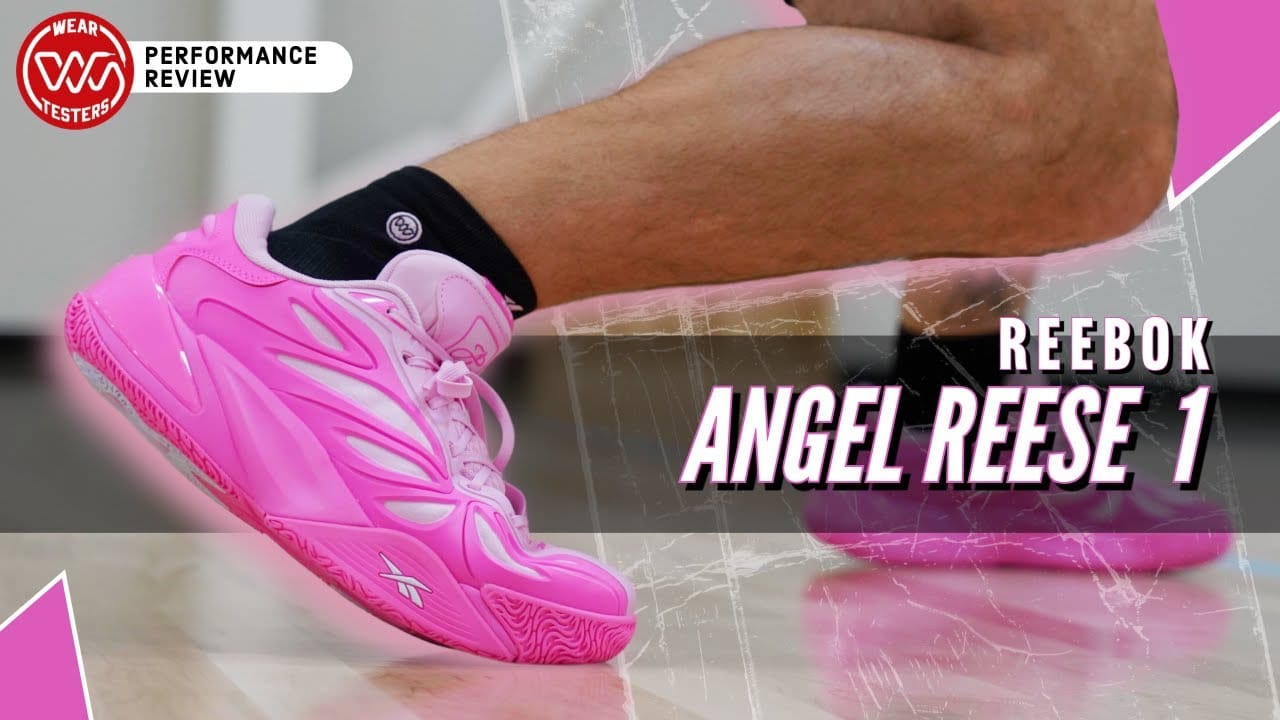Herbert Hainer has been the CEO of adidas for the past 15 years. Hainer helped close the gap between adidas and Nike by growing adidas exponentially (according to Fortune, adidas shares have risen 61% this year to make it the top performing German blue-chip and the Originals fashion business has seen a 50% sales jump), but not without some bumps in the road — like when investors asked him to leave the company in 2014-2015 after they felt that Hainer didn’t alert them early enough when the company said it would miss profit targets.
And yet, as Herbert Hainer has turned over adidas to new CEO Kasper Rorsted over the past months, the company may be in the most secure position it has ever been in with phenomenal growth and products in demand. Now, the new CEO aims to trim the fat that has been costing the Adidas Group.
According to SGB, on his first conference call since replacing Herbert Hainer, Kasper Rorsted launched new initiatives to streamline and restructure the underperforming Reebok business. He also made a commitment to sell the adidas TaylorMade golf business, even if at a loss, by the close of the year. Back in August of 2016, when Hainer spoke with Fortune, he mentioned that adidas was in talks with several interested in the golf business — which was after adidas reported a rise in sales and margins at the division it was trying to sell.
After strong third quarter results, adidas regained its position as the second largest U.S. athletic brand after Nike. After a recent stock dip, Kevin Plank, Under Armour CEO, noted that the competition is mainly between the number three and number two spots because of the enormous $15 billion gap between the number two companies and Nike). In this year alone, adidas has raised its financial outlook four times.
“The consumer centric approach has increased our brand desirability and relevance with the consumers,” Rorsted said. “And you can see that not only in our markets or in our revenue numbers, but also in the market share gains in the key categories and markets where we are active.”
“I believe it’s great to have had the opportunity to join a company when the company is in great shape,” Rorsted told investors. “But I want to be clear on this; like any other company, there are also areas that we can improve.”
The vector brand is certainly an area of improvement and Rorsted has huge Reebok restructuring plans. According to Rorsted, Reebok is growing slower than adidas and the competition with no growth in North America over the last three years. Moreover, Reebok has been performing with profitability significantly below the group average.
According to SGB, the Reebok restructuring plan will aim to streamline the Reebok organization by moving its headquarters from Canton, MA to a new Boston location in 2017 with a “team 100 percent dedicated to do only Reebok.” 650 of the current 950 employees in Canton will move to the new Boston location. 150 employees who support all of the company’s brands will move or have their jobs transferred to Portland, while 150 more jobs will be eliminated entirely.
Additionally, the Reebok restructuring plan will cut the number of Reebok’s U.S. factory outlets by half while the number of FitHub stores will also be limited to allow Reebok to focus on wholesale. Matt O’Toole will take full responsibility for Reebok in North America. Yet, the financial situation for the vector brand could worsen still as the company will assume one-time costs of approximately $33.4 million in the second half and $11.1 million in the current quarter.
“We’ll give Reebok more freedom to operate globally, and more responsibility in the U.S.,” Rorsted said. “We’ll get a more focused organization, and that will enable us to continue the momentum we have right now of Adidas in the U.S. and it will make Reebok stronger.”
Rorsted has made his name in business by cost-cutting to restore profitability. 2017 will be a very interesting year for Reebok and the Adidas Group and we’ll keep you updated. For more detailed information on the Adidas Group and Reebok restructuring visit SGB Media and Fortune.
Do you think the vector brand could benefit from Rorsted’s Reebok restructuring plan? Will adidas continue to flourish, or is this growth just temporary? Sound off below.






Interesting to see where this is going to go for adidas. Here’s to hoping they bring Reebok back.